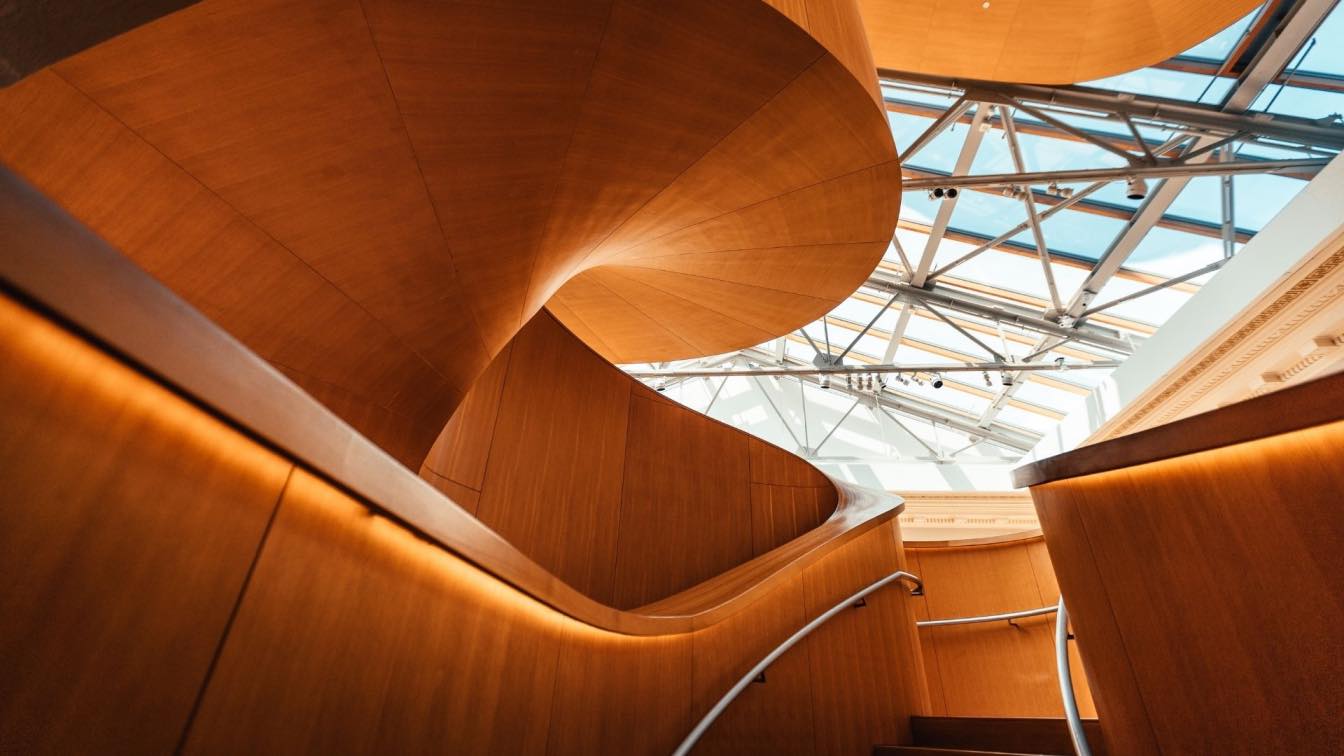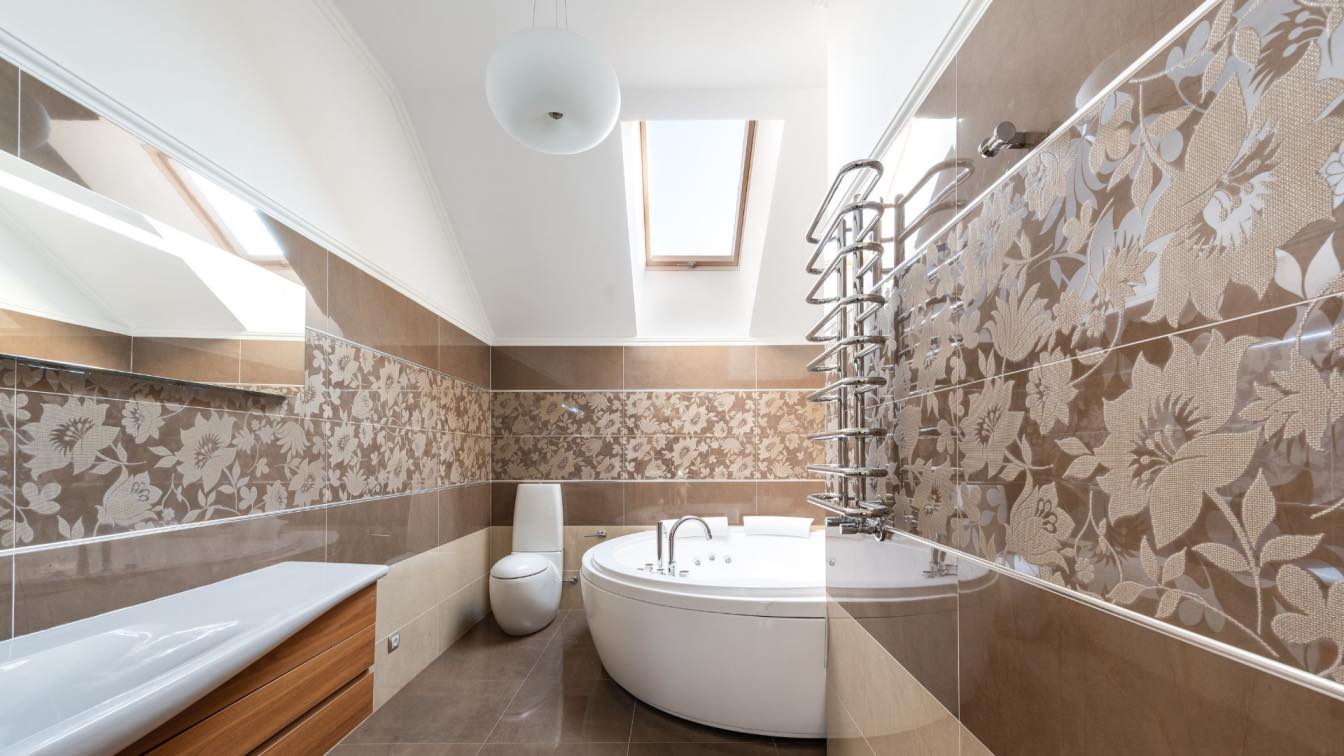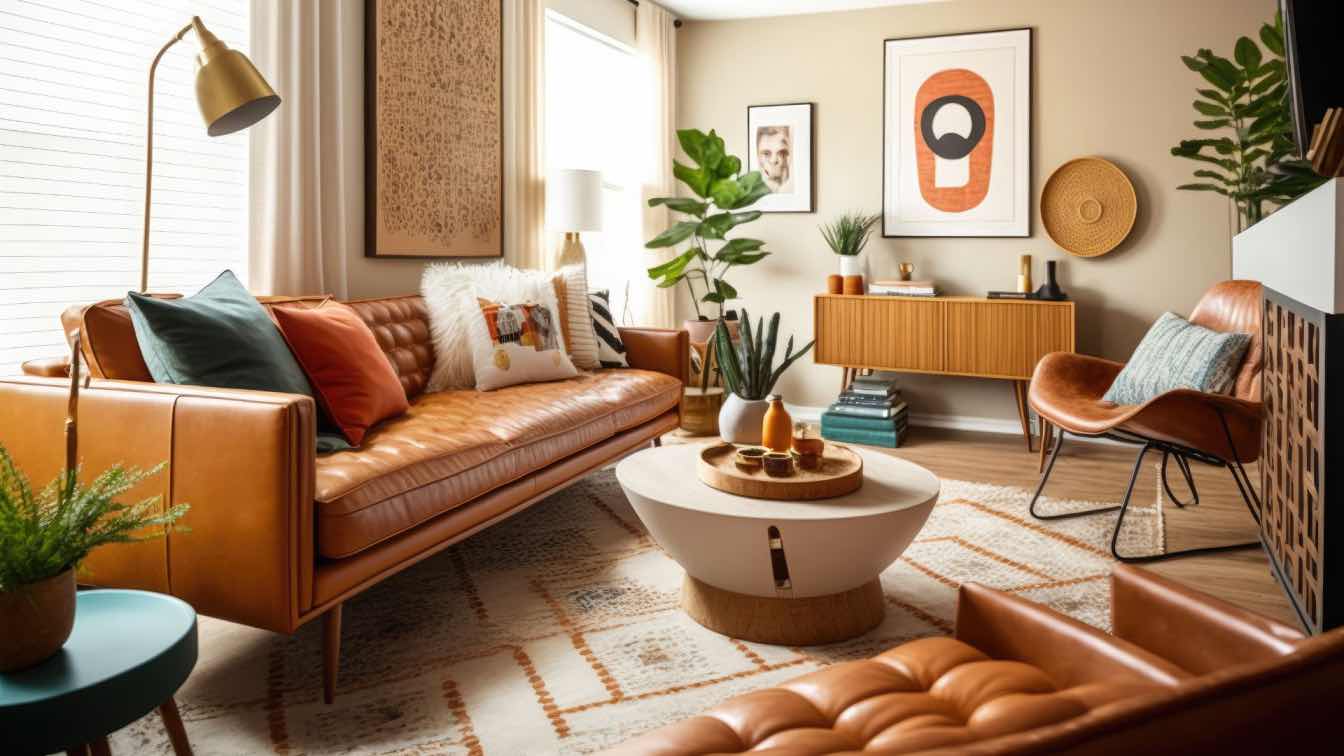As digital engagement in the gaming industry transforms dramatically globally, casino design follows a similar trajectory. Traditionally, casino design was characterized by architectural splendor and opulent interiors to appeal to the high-end. The modern casino space, however, continues to evolve towards more accessible, eco-friendly and digital-convergent environments. The focus moves from spectacle to function, emphasizing democratizing access and experience.
This shift extends beyond the digital space, though. Live casinos react to online casinos' visual, spatial and functional signals. One of the key drivers of change in this area is the increased popularity of low-cost gaming sites, which simplify, make their experience accessible and optimize it to cater to a broader audience.
Echoes of the Digital: From High Stakes to Micro-Experiences
A newfound impact of minimalist digital environments can be seen to overtly dictate the layout and design of land-based casinos. Many minimum deposit casinos in Canada represent a new gaming paradigm that values ease of navigation, lower barriers to play and accessibility over elitism. This follows an architectural shift whereby experiential value gains over ornament and spatial planning values engagement over awe.
These digital sites appeal to casual users who play games rather than high-risk ones, but for amusement, sociality and rewards in tiny increments. Their traditional casino equivalent must now make room for this new user, someone who cares less about splurges like chandeliers and more about utilitarian immersion. Interiors are reducing in scale, making them modular and integrating digital technology to respond to a generation that expects screens and seamlessness.
A Shift Toward Responsible Design
Traditionally, casinos used opulence as a tool of enticement—gold leaf ornamentation, marble floors and waterfall fountains. The design vocabulary represented exclusivity and wealth, supporting a high-stakes, status-oriented gaming culture. But the new definition of luxury, which is evolving, encompasses environmental stewardship, wellness integration and inclusivity.
As a counterreaction, contemporary casinos embrace materials and shapes that express quality without waste. Design companies learn to incorporate natural light, natural elements and green systems into casino interiors. The space is not only designed to be awe-inspiring but also to operate ethically and sustainably.
The outcome is a design discourse in which luxury is understated, purposeful and experience-based — a marked contrast to traditional gaming halls' showy, weighty decor.
Combining Community with Design
Casinos are transforming into lifestyle centers that combine socializing, dining, live entertainment, working and gaming. Architects must design adaptable, multi-purpose environments to accommodate impromptu play and sustained social interaction.
In no way does affordability here mean simplicity. It's more about clever spatial planning, with design promoting people's interaction and a feeling of belonging. Informal seating, open-plan floors, bespoke lighting and sound-sensitive surfaces are among the devices that make these places feel inviting.
As video gaming becomes increasingly accepted as a mainstream leisure activity, design trends in gaming shift away from theatrics from previous years toward more environments that facilitate connections and comfort.
Small Footprint, Large Experience
With increasing construction and urban land prices, casino operators are turning to compact, modular venues that can evolve to meet shifting demands. Micro-casinos, typically positioned in city centers or as part of hotels, maximize each square meter for user interaction.
Design in these areas draws its cues from Japanese and Scandinavian aesthetics, emphasizing minimalist lines, textures and muted color palettes. Architecture becomes a facilitator of experience, not a sign of opulence. This way, affordability does not compromise on impact but enhances functionality.
This strategy also encourages a more ethical gaming attitude. By reducing sensory overload and scale, designers can create environments that encourage aware engagement with games instead of addictive engagement.
Uniting Physical and Virtual Spaces
The growing integration of online and offline experiences has forced architects to consider how digital behavior can inform physical design. Interactive LED walls, touch points integrated with mobiles and digital wayfinding have become the norm in modern casino developments.
These technologies enable a more affordable but engaging gaming experience, reminiscent of the tailored interfaces of low-deposit online sites. Gone are the days of slot machines taking up space with flash and sound, as newer designs tend to group interactive terminals that appeal to users looking for tailored content and clever interfaces.
This integration provides continuity from online affordability to offline tangibility, enabling a play transition from online to offline and vice versa without compromising orientation or experience.
Design as Inclusion
As economic and social paradigms evolve, so should the environments that support them. Future casino architecture will increasingly eschew excess to balance aesthetics and sustainability, exclusivity and accessibility, convention and innovation.
Minimum deposit online casino sites have shown that gaming doesn't require scale to be engaging. Instead, accessibility, ease of use and customization have emerged as new benchmark standards. These digital principles now impact bricks-and-mortar architecture in nuanced yet profound ways.
The shift from opulence to affordability isn't a fad; it's a recalibration of values. It manifests a broader cultural shift toward welcoming, sustaining and evolving with people. And in that transformation, architecture is key — no longer in constructing games of chance, but in crafting experiences with significance.





